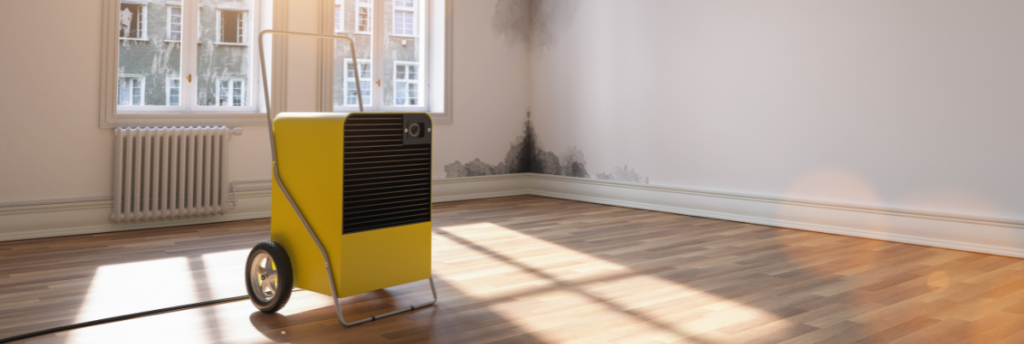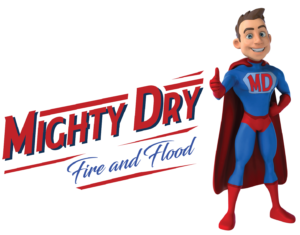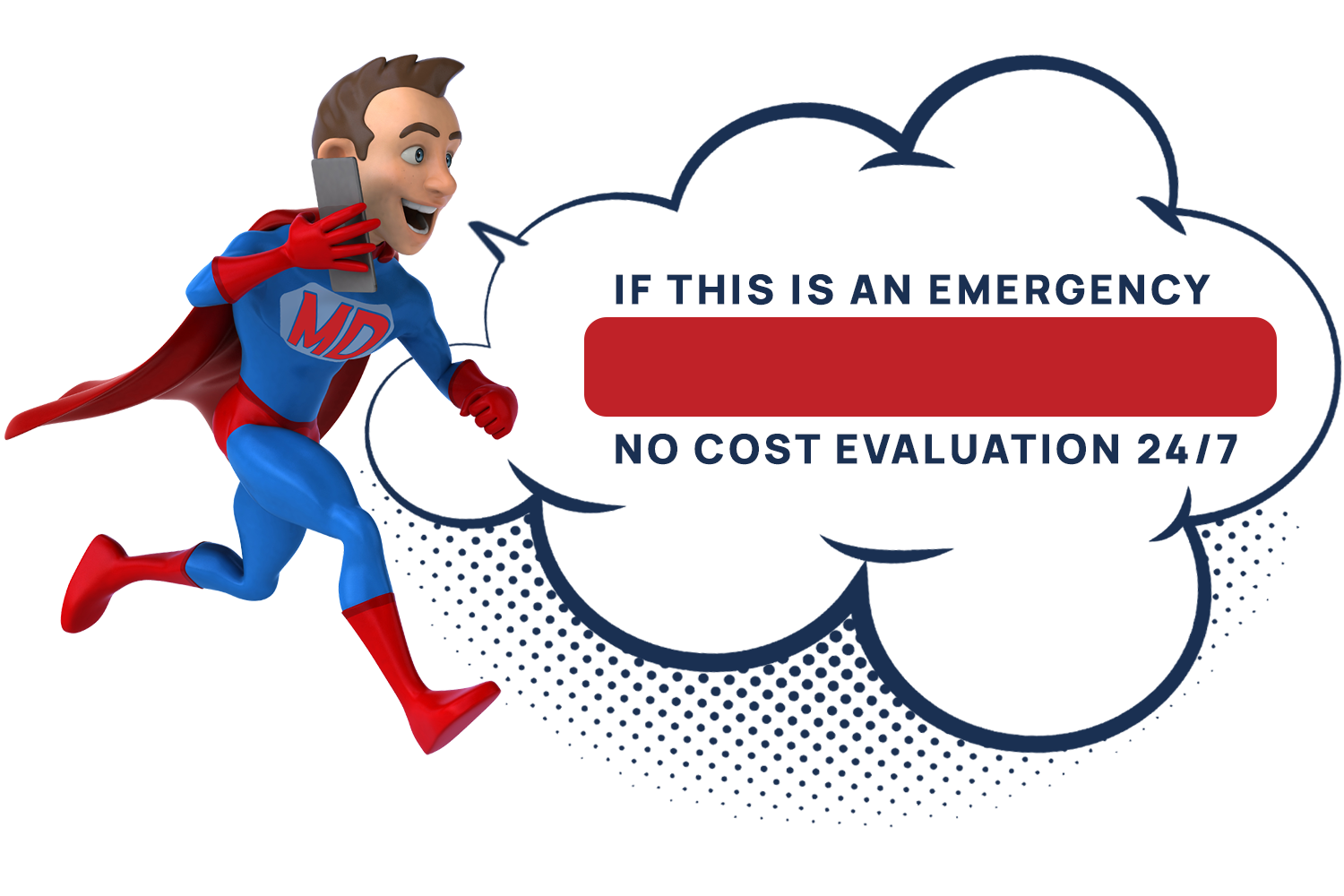As if a flood isn’t bad enough, mold growth often follows. Mold thrives on moisture, so a flood is the perfect opportunity for it to fester. While mold can be hard to prevent after exposure to large amounts of moisture, there are some tips to reduce the severity.
Remove Moisture
The first and most important step for preventing mold growth is to remove all moisture from the area. This can be difficult after a major flood, but you can start by using a dehumidifier. Depending on the size of your space, you may need multiple. A dehumidifier is a better option than a fan, as it will work to remove humidity and moisture in the air rather than blow it around and possibly spread contaminants.
Get Rid of Wet Items
Many, if not all, items in the house become wet after a flood. Utilizing a dehumidifier will not do much good if you do not remove all remaining wet items. Items that should be removed immediately include carpet, rugs, and, unfortunately, even drywall. Items that are likely to grow mold, such as clothes, rugs, towels, etc., should be thrown away. Clean the remaining surfaces, like walls and flooring, with hot water and soap, and disinfect them with bleach!
Check For Mold 24-48 Hours After Mold
Mold typically begins to grow within 24-48 hours after a flood. This is a crucial time to check your space for mold to prevent continued growth. Appliances, furniture, small crevices, and air conditioning or heating vents should be inspected.
What to Do if You Find Mold
Unfortunately, the chances of mold growing after a flood are high. Remediating mold requires expertise, safety precautions, and specialized equipment. Luckily, Might Dry has everything you need! Our skilled mold remediation specialists will use the proper equipment and procedures to get the job done right. Don’t risk it. Call Mighty Dry at (858) 900-3311 today!









